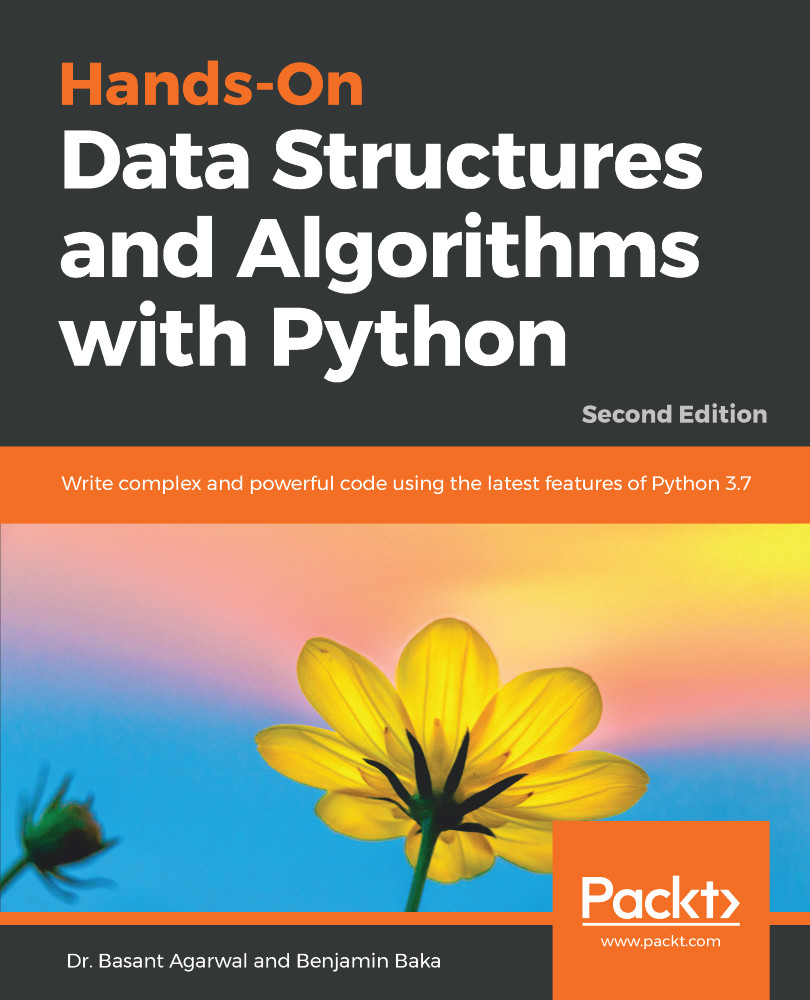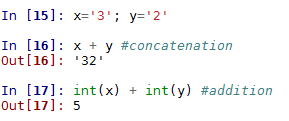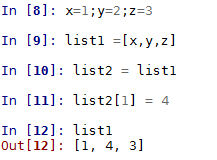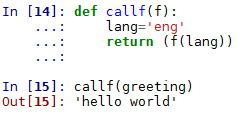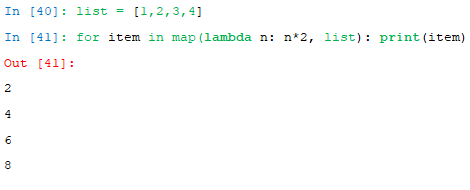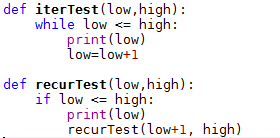Python contains various built-in data types. These include four numeric types (int, float, complex, bool), four sequence types (str, list, tuple, range), one mapping type (dict), and two set types. It is also possible to create user-defined objects, such as functions or classes. We will look at the string and the list data types in this chapter and the remaining built-in types in the next chapter.
All data types in Python are objects. In fact, pretty much everything is an object in Python, including modules, classes, and functions, as well as literals such as strings and integers. Each object in Python has a type, a value, and an identity. When we write greet= "helloworld", we are creating an instance of a string object with the value "hello world" and the identity of greet. The identity of an object acts as a pointer to the object's location in memory. The type of an object, also known as the object's class, describes the object's internal representation, as well as the methods and operations it supports. Once an instance of an object is created, its identity and type cannot be changed.
We can get the identity of an object by using the built-in function id(). This returns an identifying integer and on most systems, this refers to its memory location, although you should not rely on this in any of your code.
Also, there are a number of ways to compare objects; for example, see the following:
if a==b: # a and b have the same value
if a is b: # if a and b are the same object
if type(a) is type(b): #a and b are the same type
An important distinction needs to be made between mutable and immutable objects. Mutable objects such as lists can have their values changed. They have methods, such as insert() or append(), that change an object's value. Immutable objects such as strings cannot have their values changed, so when we run their methods, they simply return a value rather than change the value of an underlying object. We can, of course, use this value by assigning it to a variable or using it as an argument in a function. For example, the int class is immutable—once an instance of it is created, its value cannot be changed, however, an identifier referencing this object can be reassigned another value.

